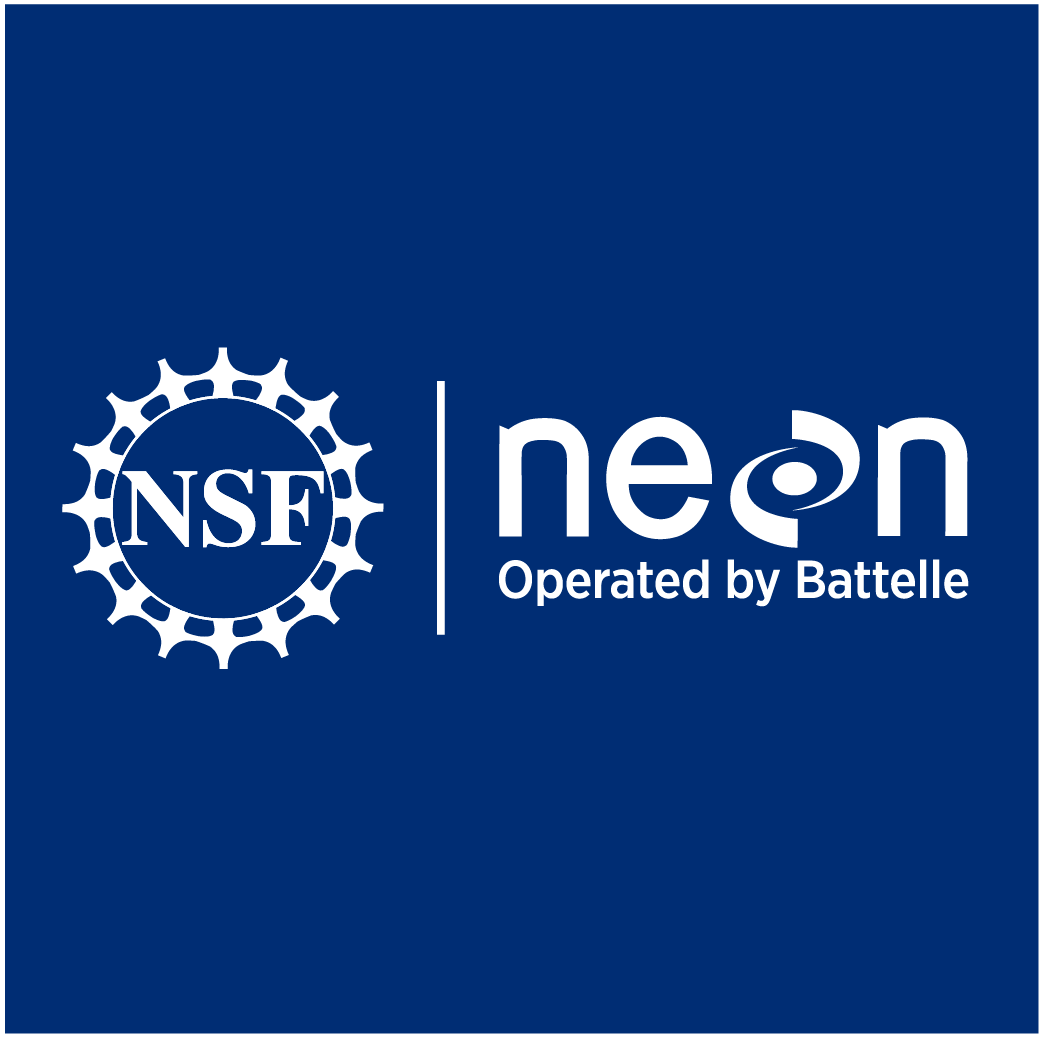Remote sensing data processing – NEON airborne data
Author(s): Yingying Xie
Northern Kentucky University
2808 total view(s), 1602 download(s)
09_data.zip(ZIP | 253 MB)
Faculty Notes.docx(DOCX | 17 KB)
lecture slides.pptx(PPTX | 39 MB)
Student_handout.pdf(PDF | 4 MB)
StudentHandout_rmd.Rmd(RMD | 19 KB)
StudentHandout_Rscript_Answerkeys.R(R | 24 KB)
StudentHandout_Rscript_NoAnswerkeys.R(R | 22 KB)
- License terms
Description
In this module, students are introduced to concepts of remote sensing and the data logistics, and NEON remote sensing data. Students learn how to apply spatial data processing (e.g. read, write, and extract spatial data, data frame modification) and visualization (e.g. maps, histogram, scatter plot) skills using R coding program to process NEON remote sensing data to address a few simple scientific questions. Before this module, students already learned the essential R packages (e.g. ggplot2, raster and sf) required by this module. This module is used as a case study to show students how data processing and visualization skills can be used to address questions in scientific context. Students practice the basic workflow of spatial data processing and visualization.
This module was implemented in two classes. Each class was 80 minutes. In the first class, a short lecture introduced the concepts of remote sensing, data logistics and structures, NEON and NEON remote sensing data. Then the instructor led students to conduct practice based on provided R script, instructions, and the airborne data of Harvard Forest (i.e. HARV) site and plot shapefiles. Detailed information of data products, processing and analysis were explained along the practice. In the practice, students need to modify example codes to address a few questions.
In the second class, data and information of two more sites (WREF and NIWO) were given. Students were divided into groups. Each group should identify a question related to the information in the data of three sites and discuss how to use processing and analysis skills to address that questions. Each student should submit a report, which is a document (pdf, word or html) rendered from Rmarkdown file including R script, results and narratives.
Cite this work
Researchers should cite this work as follows:
- Xie, Y. (2020). Remote sensing data processing – NEON airborne data. NEON Faculty Mentoring Network, QUBES Educational Resources. doi:10.25334/CPFG-B331
